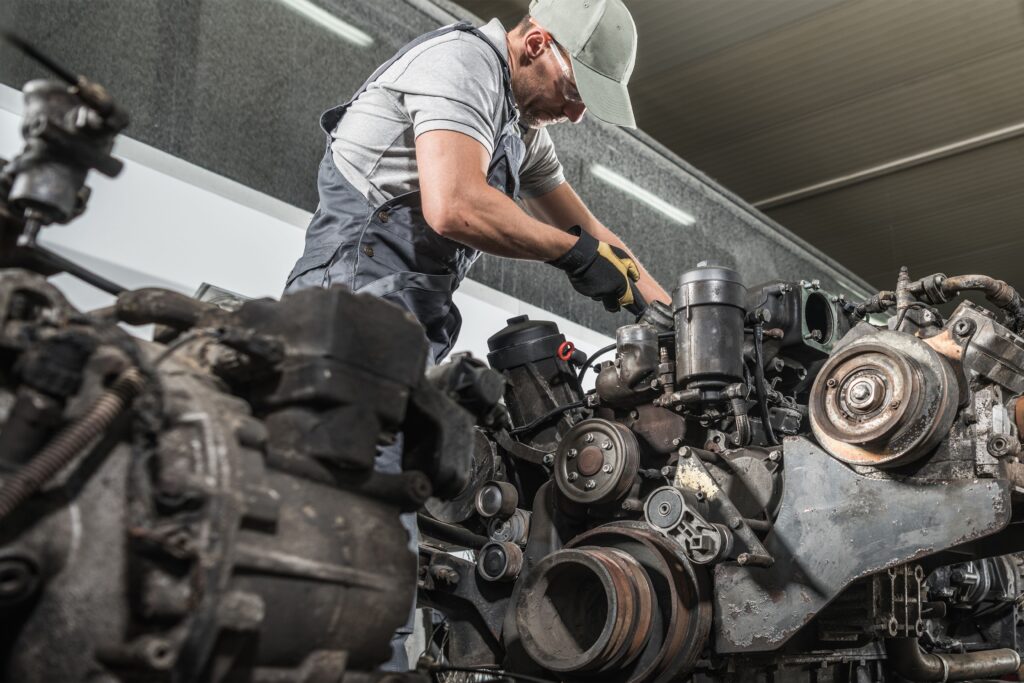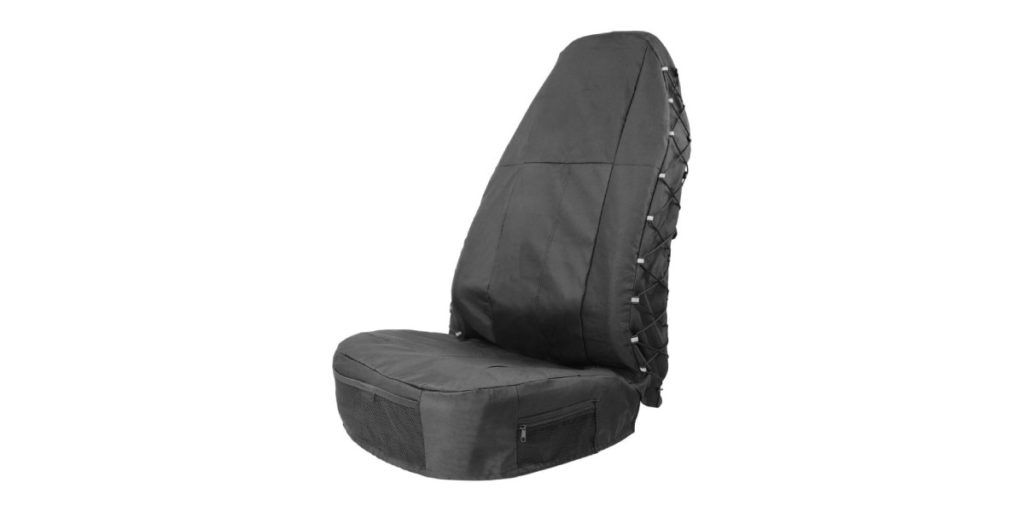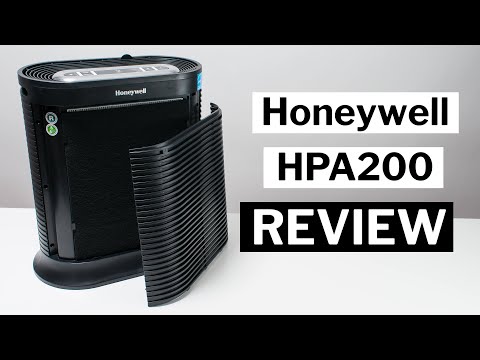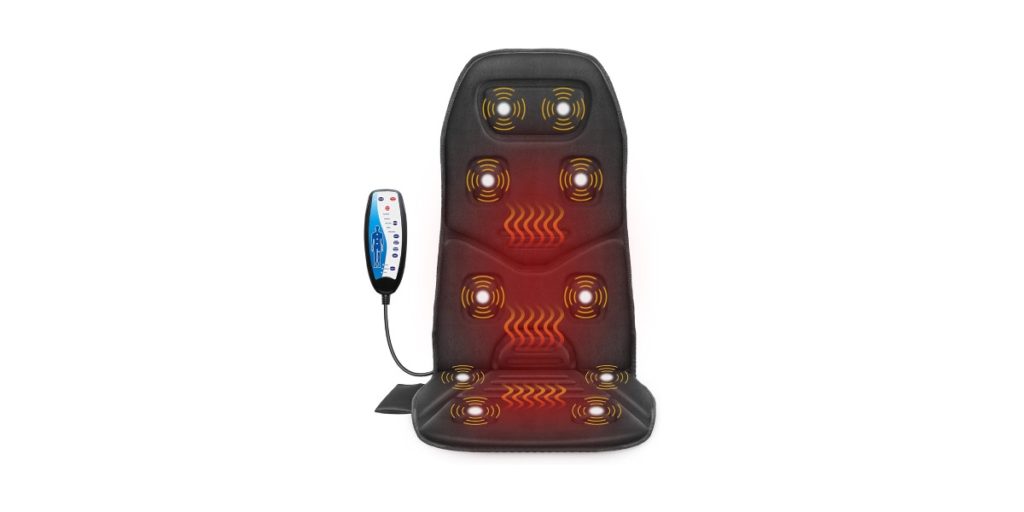Curious about how the Diesel One Box can transform your truck’s exhaust system?
This innovative component merges diesel oxidation catalyst (DOC) and selective catalytic reduction (SCR) technologies, substantially reducing harmful emissions from your engine.
By efficiently converting pollutants, this device not only benefits the environment but also enhances your vehicle’s fuel efficiency and engine performance.
Whether you prioritize eco-friendliness or top-tier truck capabilities, the Diesel One Box is a pivotal addition you need to explore further.
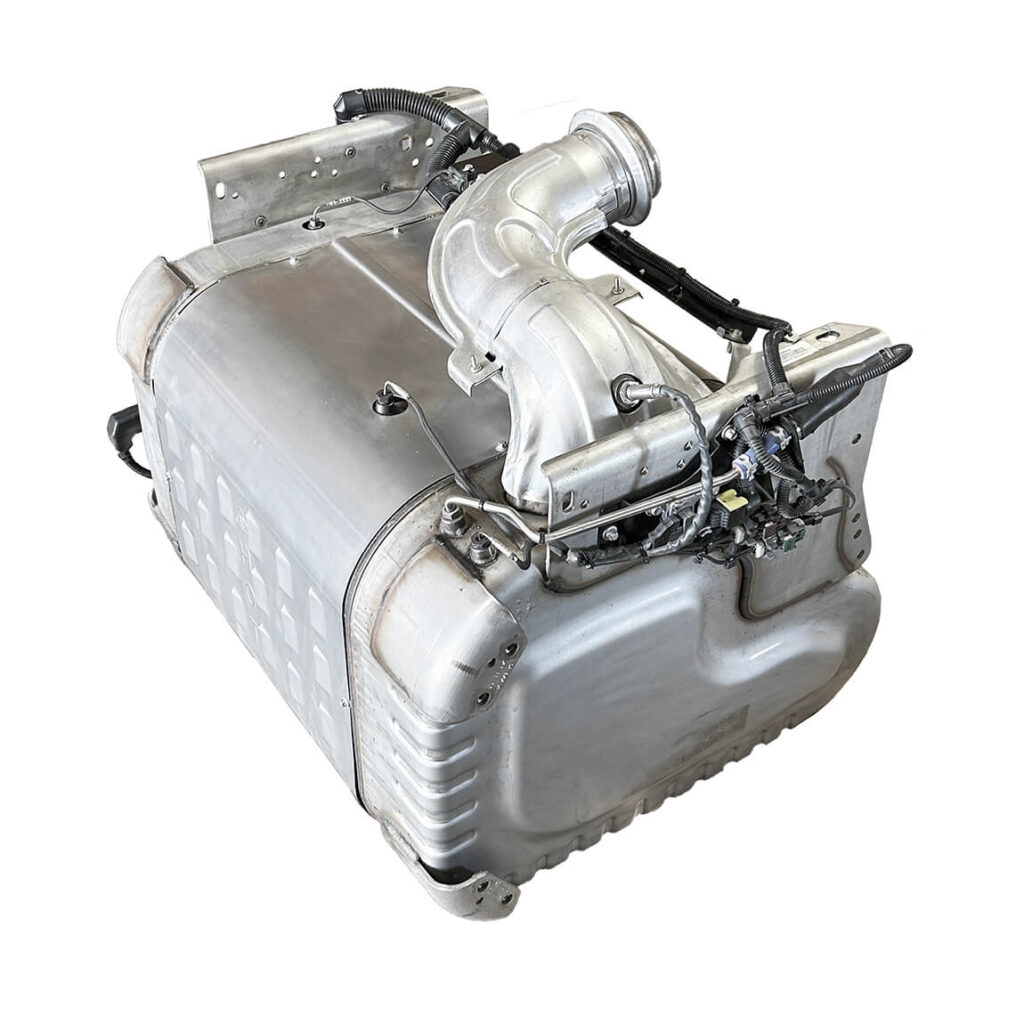
Key Takeaways
- Integrates DOC, DPF, and SCR for efficient exhaust treatment
- Enhances engine performance and fuel efficiency
- Simplifies maintenance and reduces harmful emissions
- Collaborates for compliance, sustainability, and improved air quality
The Evolution of Diesel One Box
In the domain of emissions control technology, the evolution of the Diesel One Box signifies a pivotal shift towards efficiency and performance enhancement in diesel engines. Efficiency optimization has been a key focus in this evolution, where multiple exhaust components are integrated into a single unit, reducing weight and optimizing space within the vehicle. By combining technologies like the diesel oxidation catalyst (DOC), diesel particulate filter (DPF), and selective catalytic reduction (SCR) into a compact one box design, emissions control becomes more streamlined, resulting in significant emission reduction and improved fuel efficiency.
Furthermore, the maintenance benefits of these integrated systems are remarkable. Diesel one box units not only meet stringent emission standards but also offer easier maintenance procedures, ensuring better engine functionality over time. The evolution of diesel one box technology showcases the industry’s commitment to eco-friendly solutions and regulatory compliance. This advancement not only benefits the environment but also enhances the overall performance of diesel engines, providing a win-win situation for both truck owners and the planet. As technology continues to progress, the Diesel One Box stands as a confirmation to the constant drive for innovation in creating more efficient and high-performing vehicles.
How Diesel One Box Works
Efficiently treating exhaust emissions, the Diesel One Box integrates various components into a single unit for best performance. This innovative system focuses on emission reduction through catalytic conversion processes, ensuring efficient exhaust treatment. By incorporating sensor integration, the One Box monitors temperature, NOx levels, and pressure to optimize performance and comply with emission standards effectively. Here is a breakdown of how the Diesel One Box works:
| Components | Function |
|---|---|
| Diesel Oxidation Catalyst (DOC) | Converts harmful pollutants into less harmful substances. |
| Selective Catalytic Reduction (SCR) | Converts NOx gases into nitrogen gas and water. |
| Diesel Particulate Filter (DPF) | Filters out particulate matter from the exhaust. |
| Diesel Exhaust Fluid (DEF) Dosing System | Injects DEF to reduce NOx emissions. |
| Sensors | Monitor temperature, NOx levels, and pressure for performance optimization. |
The Diesel One Box’s seamless integration of these components ensures that exhaust emissions are effectively treated, reducing environmental impact while enhancing the engine’s performance. Proper maintenance is key to preventing performance issues and ensuring the system functions optimally over time. The Detroit Diesel One Box, like the A6804902512 model, is specifically designed to fit various vehicle configurations, playing a critical role in effective emissions control within diesel engines.
Advantages of Diesel One Box
With the Diesel One Box, your truck’s exhaust system gains significant advantages through streamlined integration of essential components for enhanced performance and emissions control. Here are some of the benefits you can expect:
- Performance benefits: The Diesel One Box optimizes exhaust gas treatment processes, leading to improved engine performance and overall vehicle efficiency.
- Maintenance advantages: By consolidating various exhaust system components, such as DPF, SCR, and DEF systems, maintenance and servicing become simpler and more efficient.
- Emission reduction: This integrated design enhances emission reduction processes, helping your truck be more environmentally friendly by converting harmful pollutants into less harmful substances.
- Space efficiency: The Diesel One Box integrates multiple exhaust system components into a single unit, saving space and enabling easier installation within your truck.
These advantages not only contribute to a more efficient and high-performing truck but also play an essential role in reducing harmful emissions and promoting a cleaner environment.
Environmental Impact of Diesel One Box
Enhancing air quality and promoting cleaner diesel engine operations, diesel one box systems greatly reduce harmful emissions like NOx gases and particulate matter. These sustainable technologies offer green solutions by efficiently controlling emissions, leading to significant environmental benefits. Here’s a breakdown of the environmental impact of diesel one box systems:
| Environmental Impact | Description |
|---|---|
| Air Quality | Diesel one box systems play a crucial role in improving air quality by reducing harmful pollutants from diesel engines. |
| Emission Control | One box technology integrates various components to effectively treat exhaust gases, ensuring compliance with emission standards. |
| Sustainable Technology | The use of one box systems in diesel vehicles promotes sustainability through efficient emission control processes. |
Diesel One Box Vs. Traditional Systems
Shifting from the environmental impact of diesel one box systems, the comparison with traditional exhaust systems reveals significant advantages in compact design and operational efficiency. When looking at Diesel One Box versus traditional systems, the differences become clear:
- Efficiency Comparison: One box systems integrate essential components like DOC, DPF, and SCR into a single unit, enhancing overall system efficiency compared to traditional setups.
- Installation Simplicity: Traditional systems have separate components, requiring more space and complex installation, unlike the streamlined one box setup that saves space and simplifies installation.
- Maintenance Benefits: Diesel one box solutions offer easier maintenance and servicing due to consolidated components, reducing downtime for vehicles, unlike traditional systems that may require more frequent and complex maintenance procedures.
- Performance Advantages: The integrated design of one box systems enhances overall engine performance compared to traditional setups, leading to improved fuel efficiency and reduced emissions.
Future Trends in Diesel One Box Technology
Embracing the future, diesel one box technology is evolving to enhance efficiency, reduce emissions, and boost overall system performance through innovative advancements.
Efficiency improvements are at the forefront of these developments, with a focus on reducing fuel consumption and maximizing the conversion of pollutants into less harmful substances. Real-time monitoring equipped with intelligent sensors allows for proactive system adjustments, while adaptive controls guarantee optimized dosing for efficient operation.
To minimize downtime and streamline fleet management, predictive maintenance algorithms and remote diagnostics capabilities are being integrated into diesel one box systems. These features enable preemptive maintenance actions and swift issue resolution, ultimately enhancing the reliability of the technology. Additionally, advancements in thermal management strategies and compact designs contribute to the overall efficiency and durability of the system.
In line with environmental goals, the integration of advanced catalyst technologies plays a critical role in emission reduction efforts. Collaborations with vehicle manufacturers and regulatory bodies are critical to safeguard compliance with stringent emission standards while maintaining excellent performance levels. By staying at the forefront of these trends, diesel one box technology continues to evolve, offering sustainable solutions for the future of transportation.
Implementing Diesel One Box in Vehicles
As diesel vehicle technology progresses towards greater efficiency and reduced emissions, the integration of the Diesel One Box becomes increasingly prevalent in modern vehicles. When implementing the Diesel One Box in vehicles, several key aspects come into play:
- Installation Process: Integrating the Diesel One Box involves fitting it into the existing exhaust system of the vehicle, ensuring a seamless connection to optimize emission control and performance.
- Performance Benefits: The Diesel One Box enhances engine performance by reducing harmful emissions such as NOx gases, particulate matter, and hydrocarbons, leading to improved fuel efficiency and overall vehicle operation.
- Maintenance Requirements: The unified design of the Diesel One Box simplifies exhaust system maintenance, making it easier to service and ensuring that the emission control components function effectively over time.
- Cost Efficiency: While there may be initial costs associated with installing the Diesel One Box, its long-term benefits with regard to fuel efficiency, reduced maintenance needs, and compliance with emissions regulations can lead to cost savings in the future.
Frequently Asked Questions
What Is a Diesel One Box?
When thinking about a diesel one box, consider its advantages like better fuel efficiency and improved engine performance.
It also plays a vital role in reducing harmful emissions from your truck, making it more environmentally friendly.
However, remember that regular maintenance is key to keeping it running smoothly and compliant with emissions regulations.
What Is the One Box on a Freightliner?
When it comes to Freightliner emissions, the One Box on your truck is an important piece of technology for managing diesel exhaust. This system helps streamline emissions control by combining several components into a single unit.
Proper truck maintenance is essential to make sure the One Box operates efficiently and complies with emission regulations. By understanding and maintaining this technology, you can keep your truck running smoothly while reducing harmful pollutants.
What Causes a One Box to Fail?
When a One Box fails, common causes include clogged DPF, SCR malfunctions, or DOC contamination. Signs of failure may include overheating or sensor issues.
To prevent this, stick to regular maintenance, quality DEF, and proper dosing. Repair options may involve fixing or replacing affected components.
Stay on top of inspections and regeneration cycles to guarantee your One Box stays in good shape and your truck runs smoothly.
Can a One Box Be Rebuilt?
Sure thing! Yes, you can rebuild a one box.
The rebuilding process involves disassembly, inspection, and replacing worn-out parts. It’s a cost-effective way to improve performance and longevity. Professional help and specialized tools might be needed for a successful rebuild.
Remember to test the unit after rebuilding to guarantee it functions properly and complies with emissions standards.
This maintenance tip can save you money while enhancing your truck’s efficiency and environmental impact.
Conclusion
To sum up, the Diesel One Box is the ultimate solution for maximizing your truck’s performance while minimizing harmful emissions.
With its innovative integration of DOC and SCR technologies, this game-changing component guarantees cleaner exhaust and enhanced efficiency.
Say goodbye to traditional systems and hello to a future of high-quality truck performance.
Don’t miss out on this revolutionary device that’s paving the way for a greener tomorrow!

